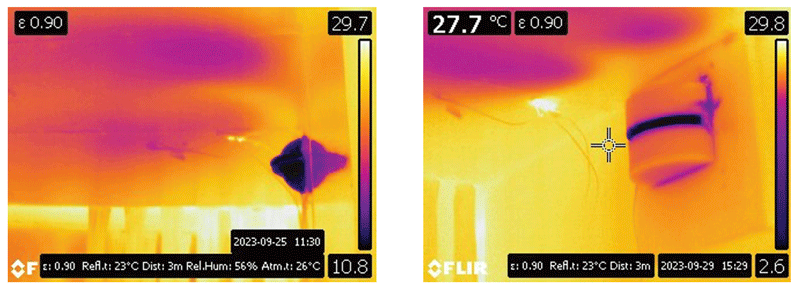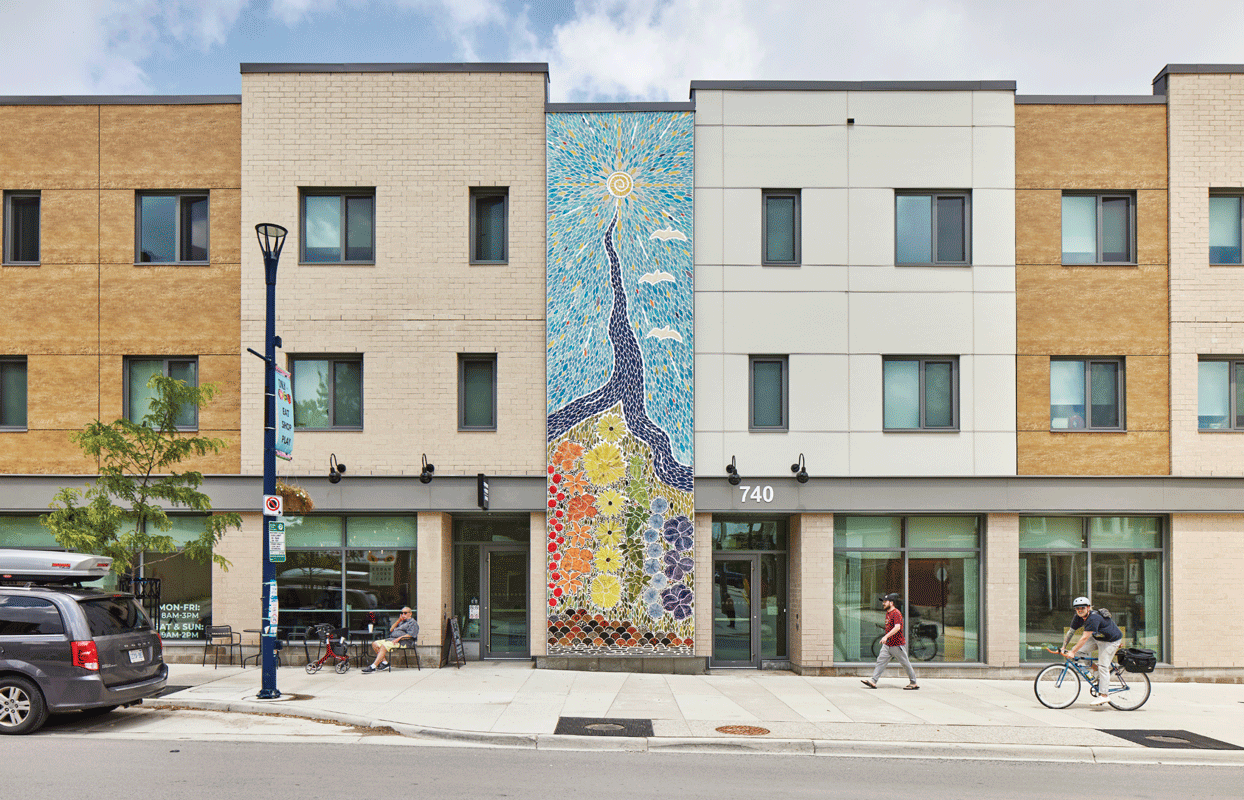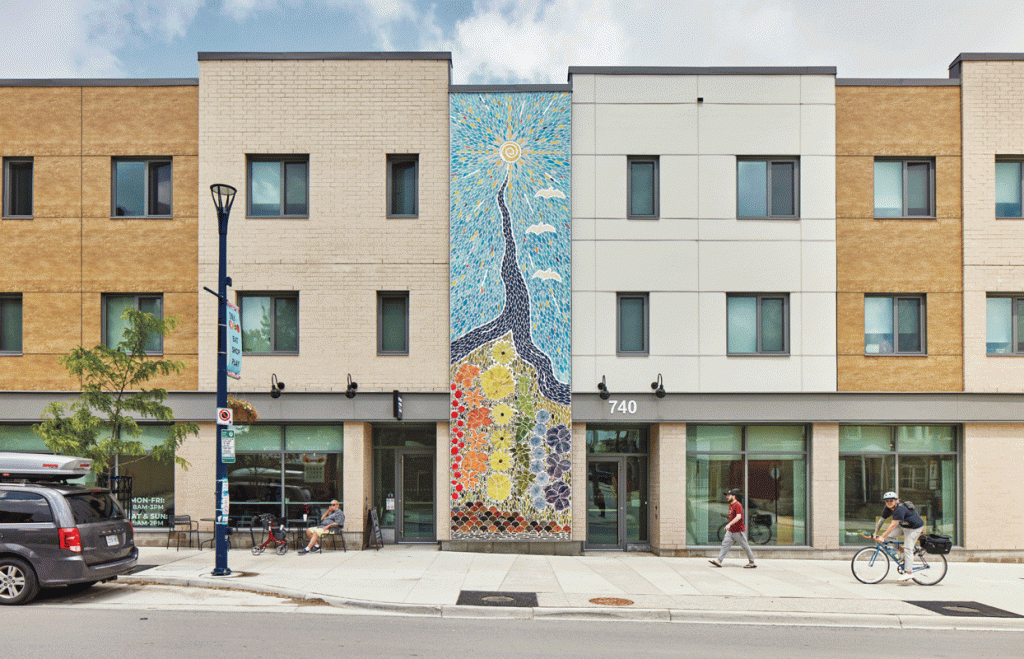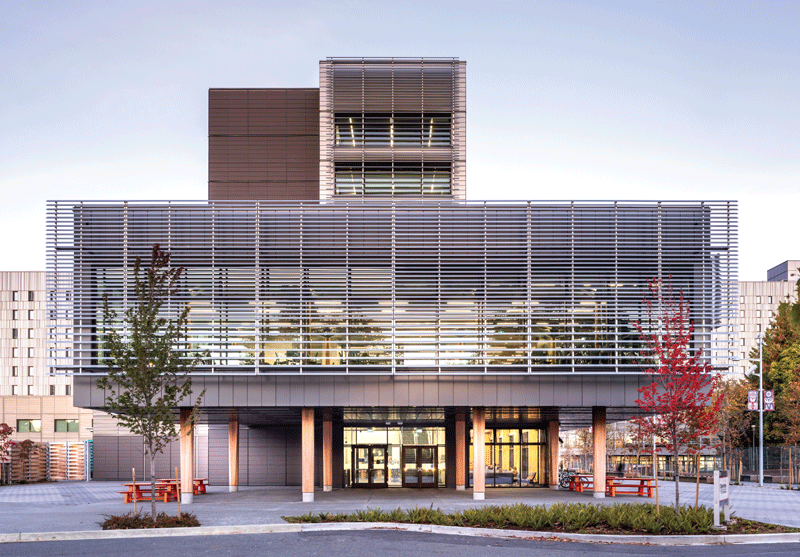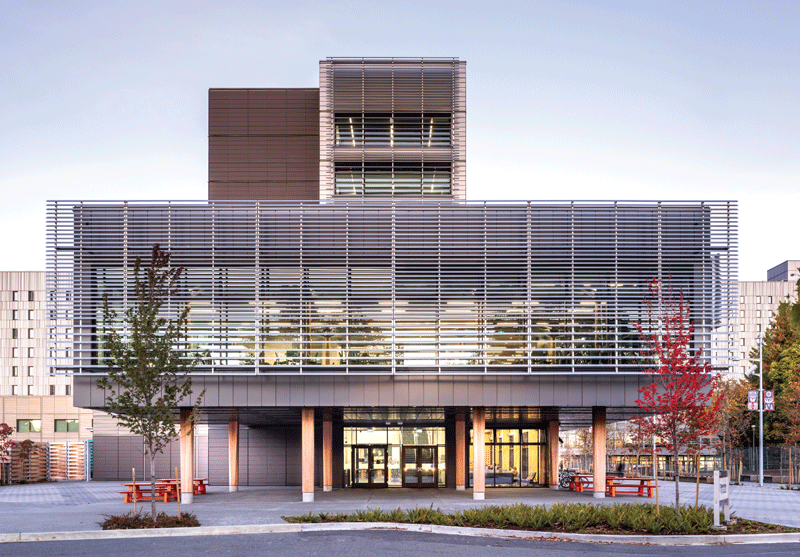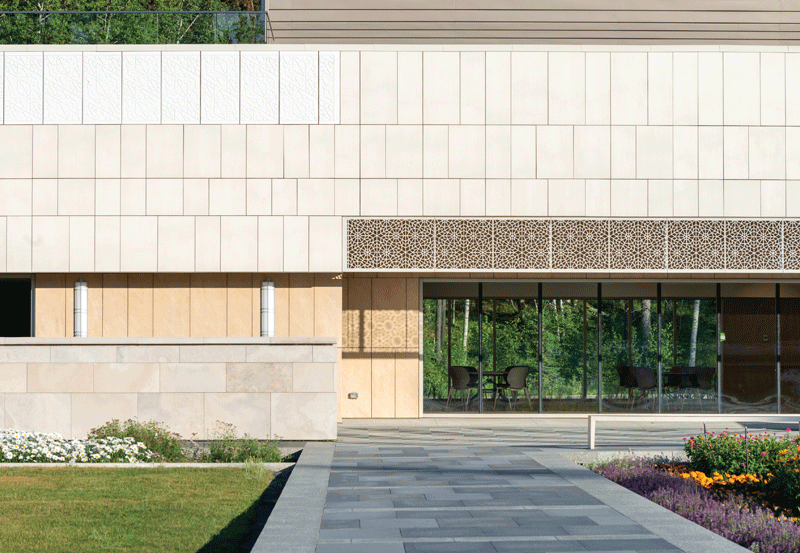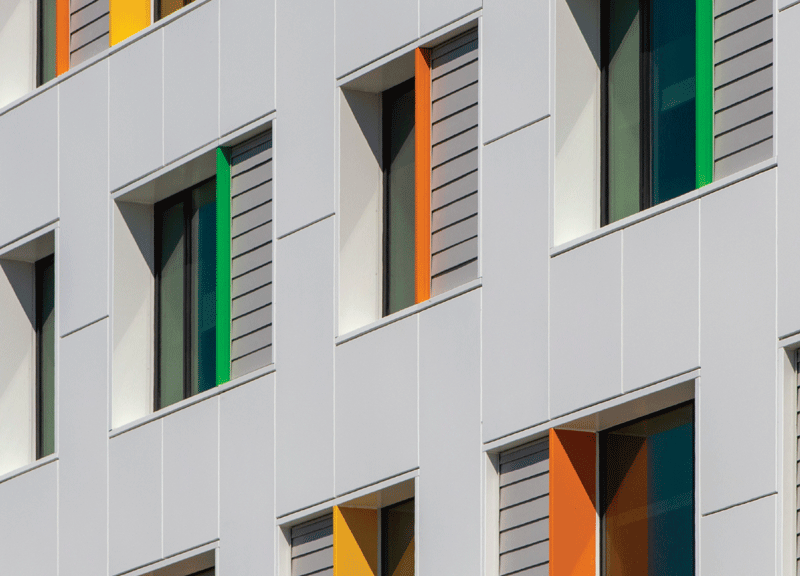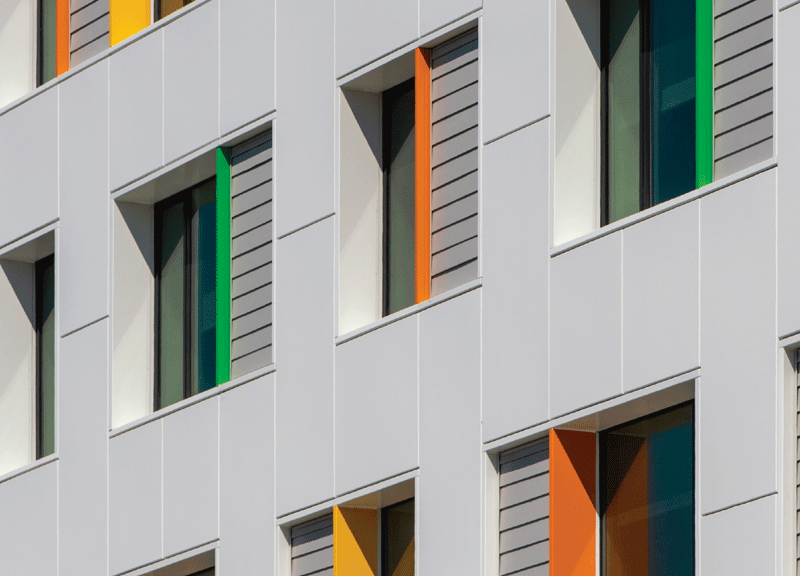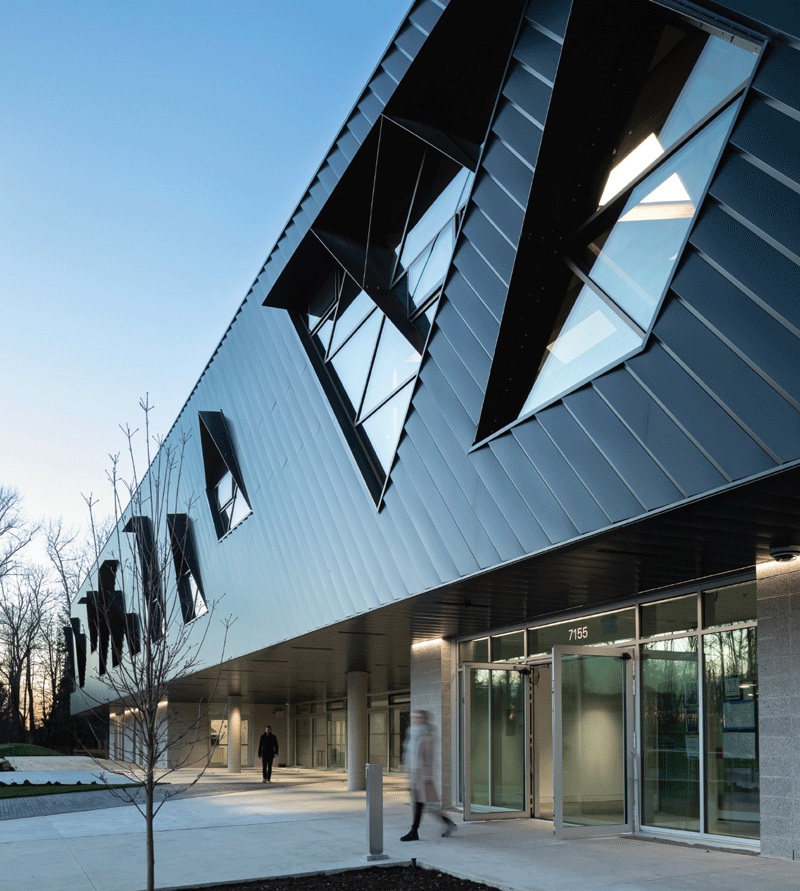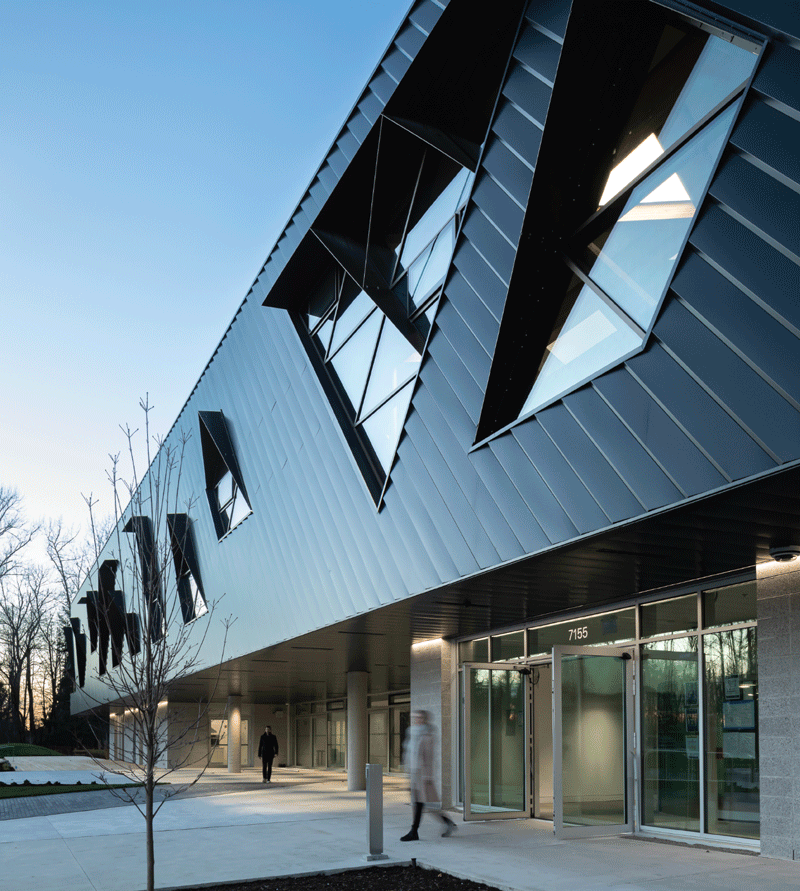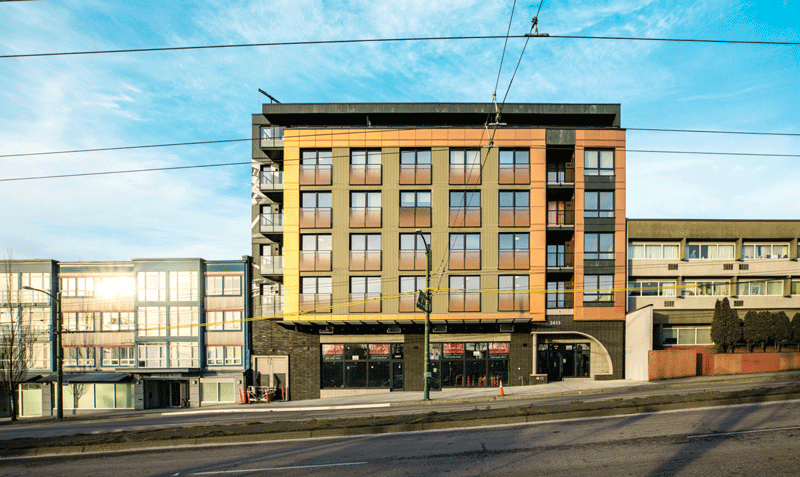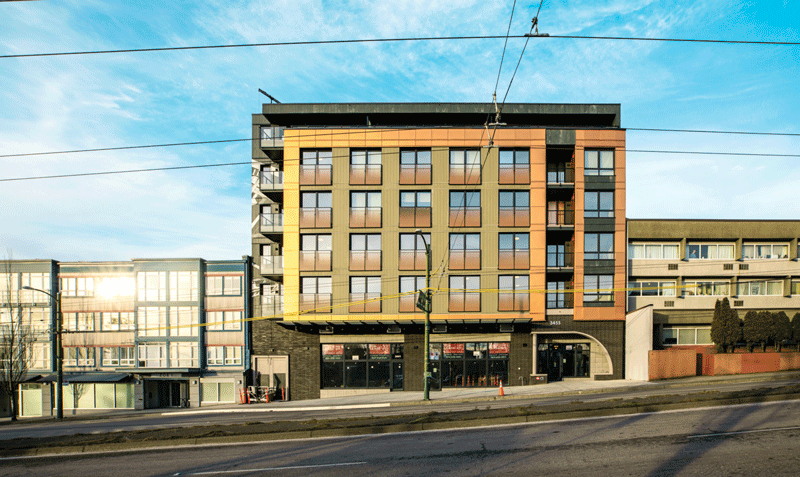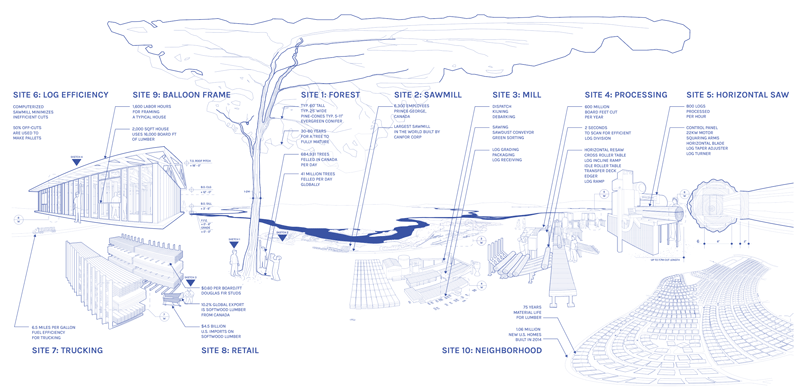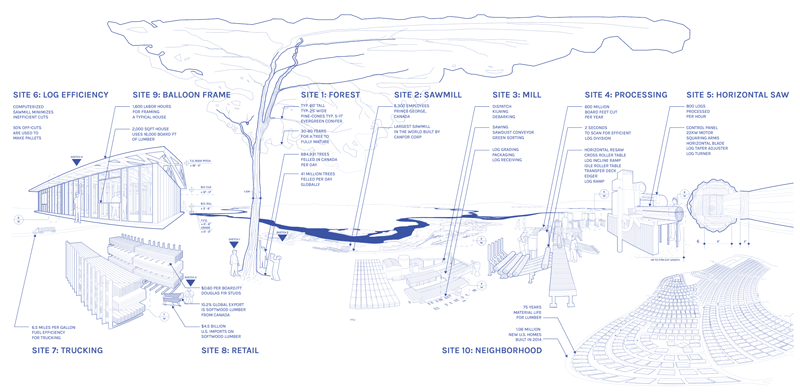By Brian Hubbs and Michael Wilkinson
When designing low energy, high performance buildings, the role of enclosure design is critically important: including maximizing thermal performance through super-insulation, air tightness and the mitigation of thermal bridging; control of solar heat gain through shading and glass selection to minimize overheating risk; and natural ventilation through operable windows.
While these strategies are designed to optimize the management of heat, air and thermal performance, from an architect’s or structural engineer’s perspective, the enclosure is also crucial to the structural support and overall aesthetic of the building.
Context – In the last quarter of the 20th century, the energy performance of buildings did not change as much as one might expect with technological innovation. With the introduction of higher performing materials, components, and systems, building forms simultaneously became more complex, with a multitude of corners and balconies. Together with the growing aesthetic demand for large areas of glazing, this negated many of the advances in performance that might otherwise have been made.
To add to this challenge, the comparative energy performance targets included in many current energy Codes and standards, where designs are modelled to achieve a percentage improvement over a prescribed reference building, have historically demonstrated little to no correlation between in-service building energy use and the percentage improvement over the baseline building that was modelled. There has been a growing realization that the modelled energy consumption during design may differ by more than 100% from the measured energy use after the building is occupied.
The Need for Absolute Energy Targets – RDH focuses on the building science of enclosure design and believes that to move forward, we must commit to measurable targets for modelling energy use. While there will still be discrepancies between the modelled and actual energy use with this approach, the absolute performance metrics will drive design decisions which will tend to result in more consistent reductions in building energy use.
Over the past 10 years in Canada, the Passive House Standard has gained in popularity, particularly for large buildings. Passive House has absolute energy targets for space heating and cooling; airtightness is always measured empirically at regular intervals throughout the construction process; primary energy use now factors in renewables, as well as the transmission losses between the point of energy generation and the building to which energy is being supplied.
In recent years, a consensus has developed that the comparative energy performance targets are not getting us where we need to go if the goal is Net Zero Energy. British Columbia legislation through the BC Energy Step Code now relies on absolute energy use intensity targets; for which the Passive House Standard deserves some credit.
The Importance of Enclosure Design – Heating demand is critical; with enclosure design determining the losses and gains that will be experienced through the glazed assemblies and solid elements, and by air leakage losses. These may be offset by solar heat gain; or by interior heat generation from occupants, electronics and other equipment.
This ‘absolute target’ approach is being taken up across the country, and will soon be part of national energy codes. The Passive House standard reduces demands to the point where mechanical systems can be scaled back substantially.
Enclosure design is critical to achieving low energy intensity. The areas of focus are:
- Minimizing thermal bridging
- Achieving high levels of air tightness
- Specifying high levels of insulation
- Specifying high-performance fenestration.
In British Columbia, performance of the first generation of Passive House buildings has indicated that overheating can be a concern. With high performance enclosure design, we must also manage incident solar radiation and related heat gain. Comfort is the key goal. One important factor is the solar heat coefficient of the glass. Careful specification can ensure the glass on each elevation has the appropriate shading coefficient. South and west elevations can also benefit from fixed or operable shades, on the exterior, rather than interior of the building.
The Importance of Testing – First, the building must be pressurized, then filled with smoke, leakage monitored and then remedied. Remediation is most cost effective during construction while the surfaces and joints are accessible. Commissioning is not a final step, it is an ongoing process throughout the construction stage.
As part of that process, individual building enclosure system mock ups can often be individually tested before the entire building is sealed to provide valuable feedback to the project team.
Enclosure Design and Installation – High performance building enclosures can be very different in appearance. Whatever the system, cladding attachments are often key; as their material, design and spacing can all potentially impact thermal bridging and overall enclosure performance either positively or negatively.
Site built enclosures are generally favoured for non-high-rise buildings. If the walls are site built, site installation of membranes, clips, insulation and exterior finishes occur sequentially and should be carefully inspected at every phase. For example, this approach was used successfully on the Clayton Community Centre, which became the first Community Centre in North America to achieve Passive House certification.
Site built enclosures can also be used on larger buildings but this is dependent on the local construction market and other considerations. This will require exterior access (scaffolding, mast climbers, etc.) which can be expensive, and can also result in poorer quality control and additional safety concerns. Speed of installation and limited room for staging on site are also considerations that drive prefabrication.
For high-rise residential buildings in many construction markets, panelized window wall is often the default choice. However, this approach generally provides insufficient thermal performance for buildings targeting aggressive energy performance targets such as Passive House. However, window wall can be combined with higher performance opaque panel systems such as precast concrete sandwich panels to overcome this challenge. Window wall systems are generally cost-effective, but have limited energy performance, when compared with precast concrete sandwich panels where insulation is sandwiched between two layers of concrete connected with low conductivity ties.
One example that combines window wall and precast sandwich panels, is Coal Harbour Phase 2 by Henriquez Partners, currently under construction in Vancouver and targeting Passive House certification. Having thermal mass on the inside of the prefabricated panels can also help to temper interior temperature fluctuations and reduce overheating risk.
Another attractive option may be a ‘mega panel’ curtain wall system with sufficient levels of exterior insulation and high-performance triple-glazed punched windows, typically spanning floor-to-floor. The large panel size, increases the speed of erection, and also reduces the number of mullions and transoms that are possible sources of thermal bridging.
Engineered Assemblies notes that facades, if done properly, will be a rear ventilated rainscreen. They will be part of an outboard insulated envelope and will be high performance. In keeping with that methodology, they will then be the Primary Passive Environmental Control System.
Numerous, resilient claddings are available for high-performance buildings. EQUITONE high-density fibre cement facade material is a composite of cement, cellulose and mineral materials, reinforced by a visible matrix, which can be transformed in any size or shape for crisp, monolithic details.
FRONTEK products of extruded porcelain used on a ventilated facade system has shown to reduce outside noise, insulate against solar radiation, to provide high resistance to water absorption and abrasion.
More details at https://sabmagazine.com/exterior-details-for-high-performance-enclosures-rear-ventilated-rainscreen-rvrs-and-cladding-types/
SUBSCRIBE TO THE DIGITAL OR PRINT ISSUE OF SABMAGAZINE FOR THE FULL VERSION OF THIS ARTICLE.
